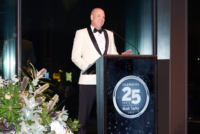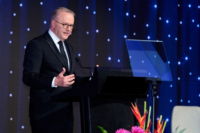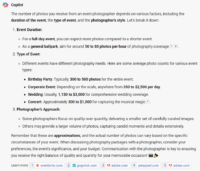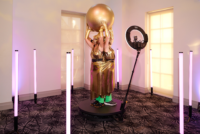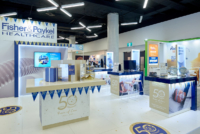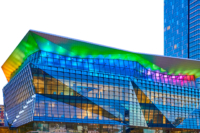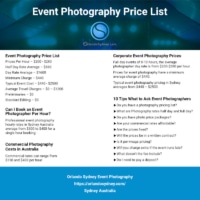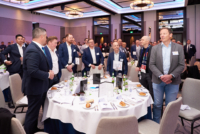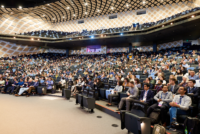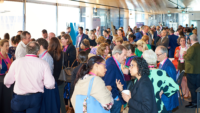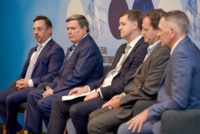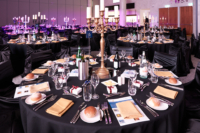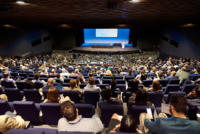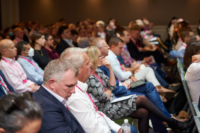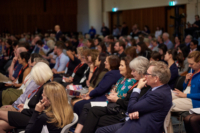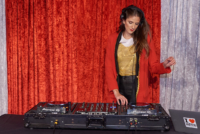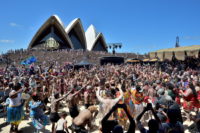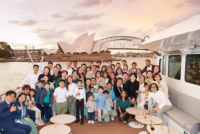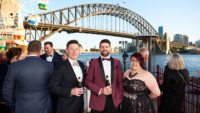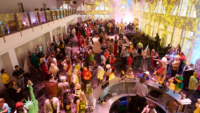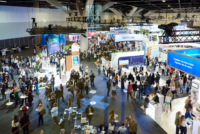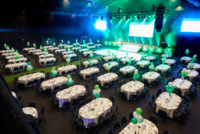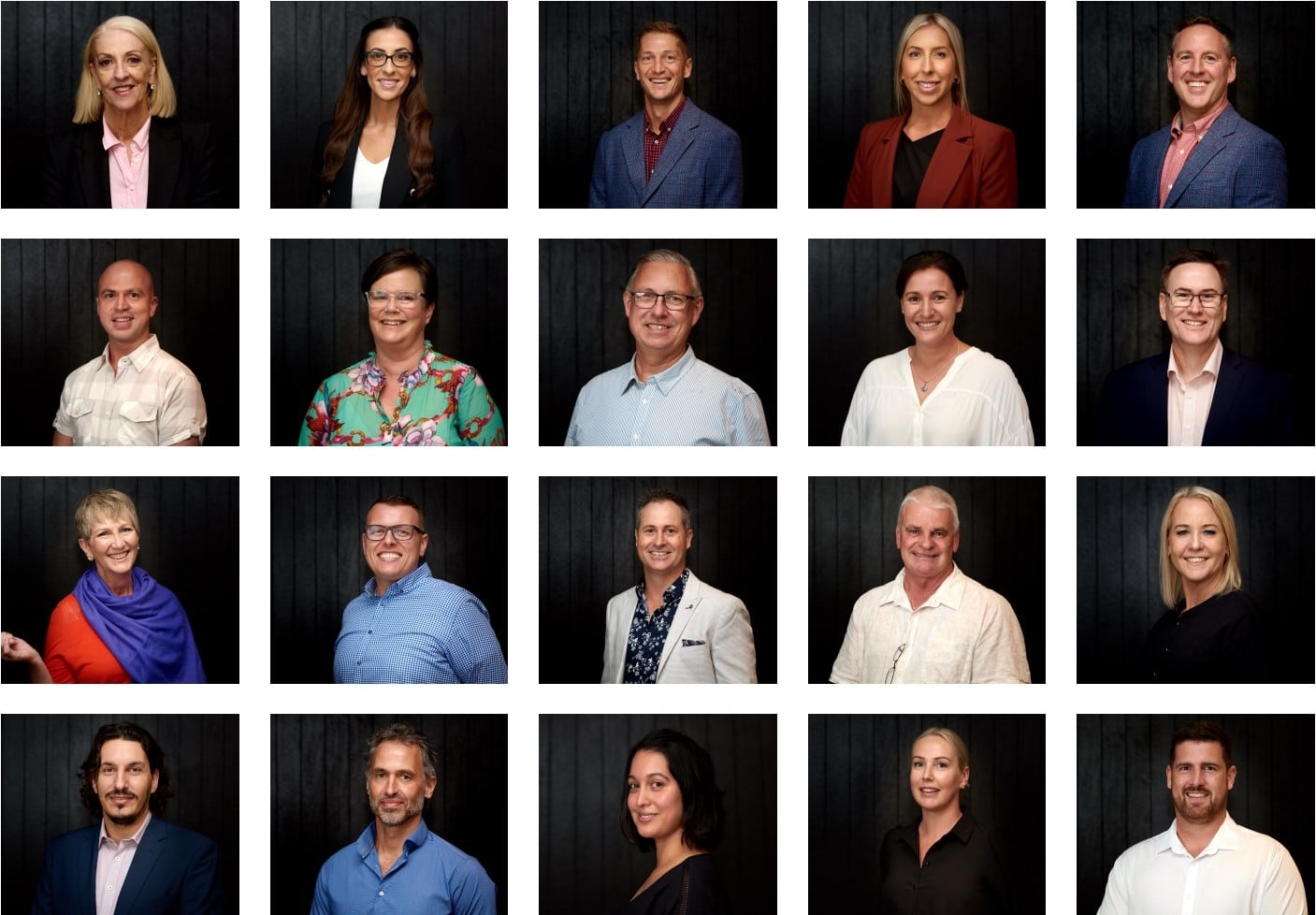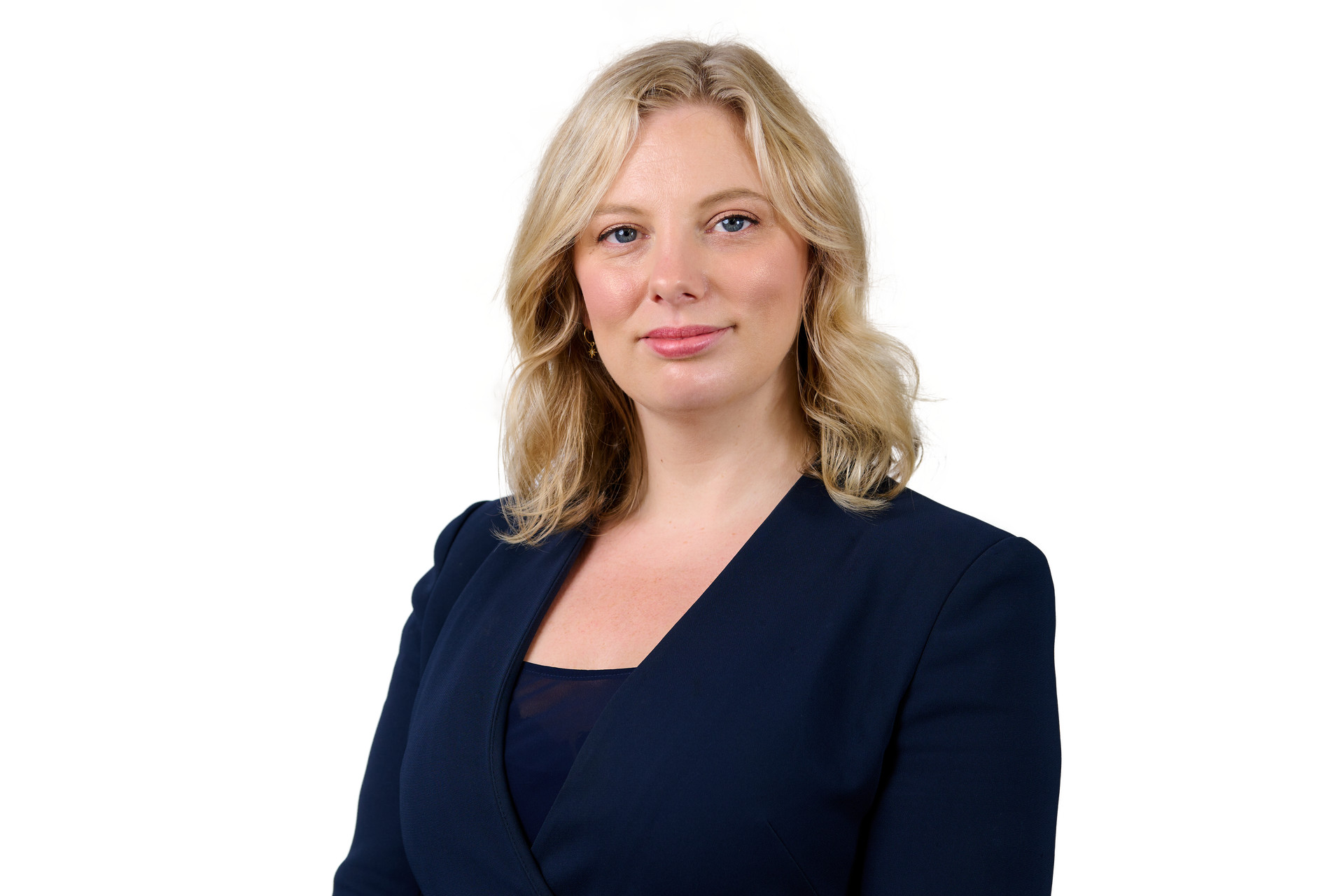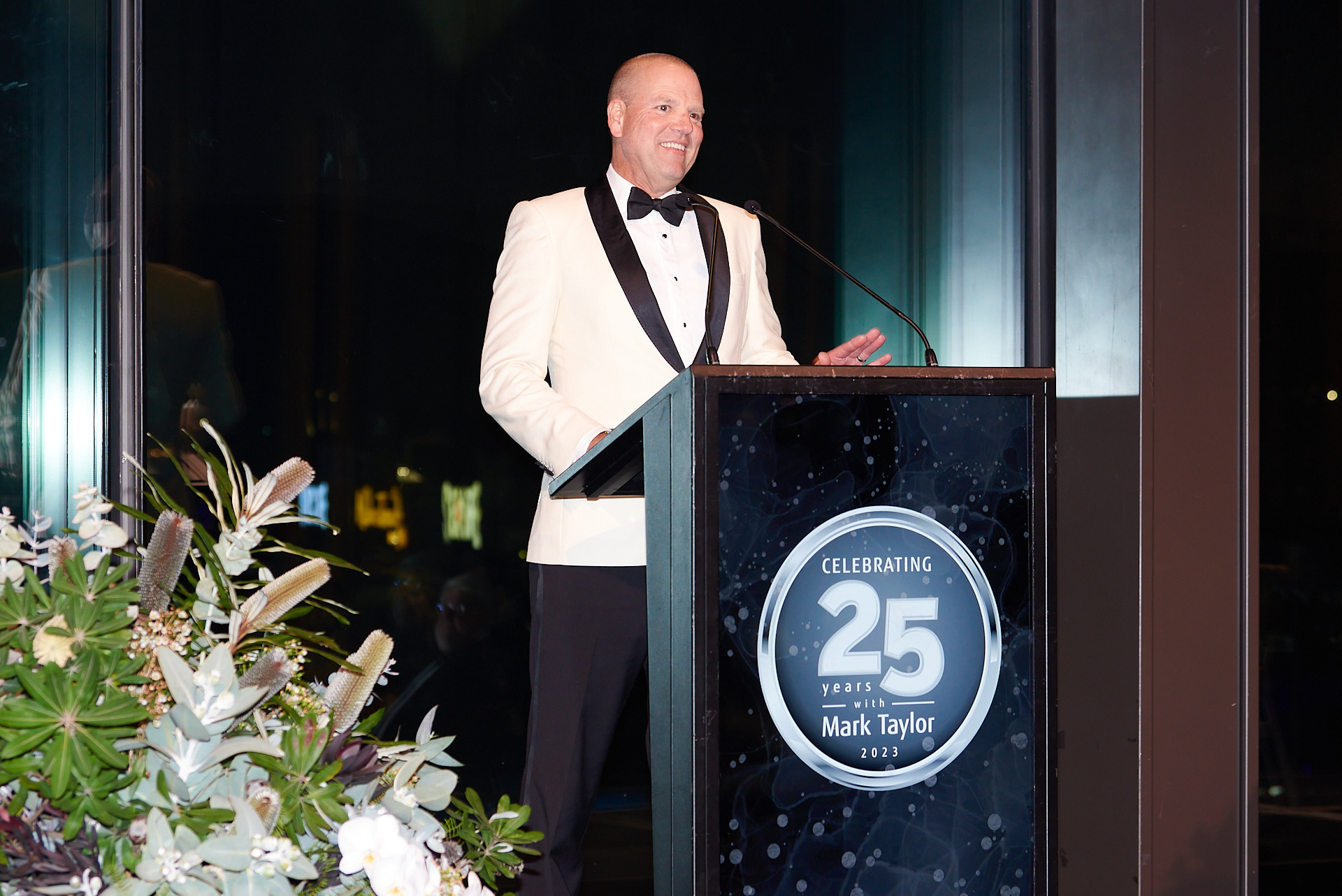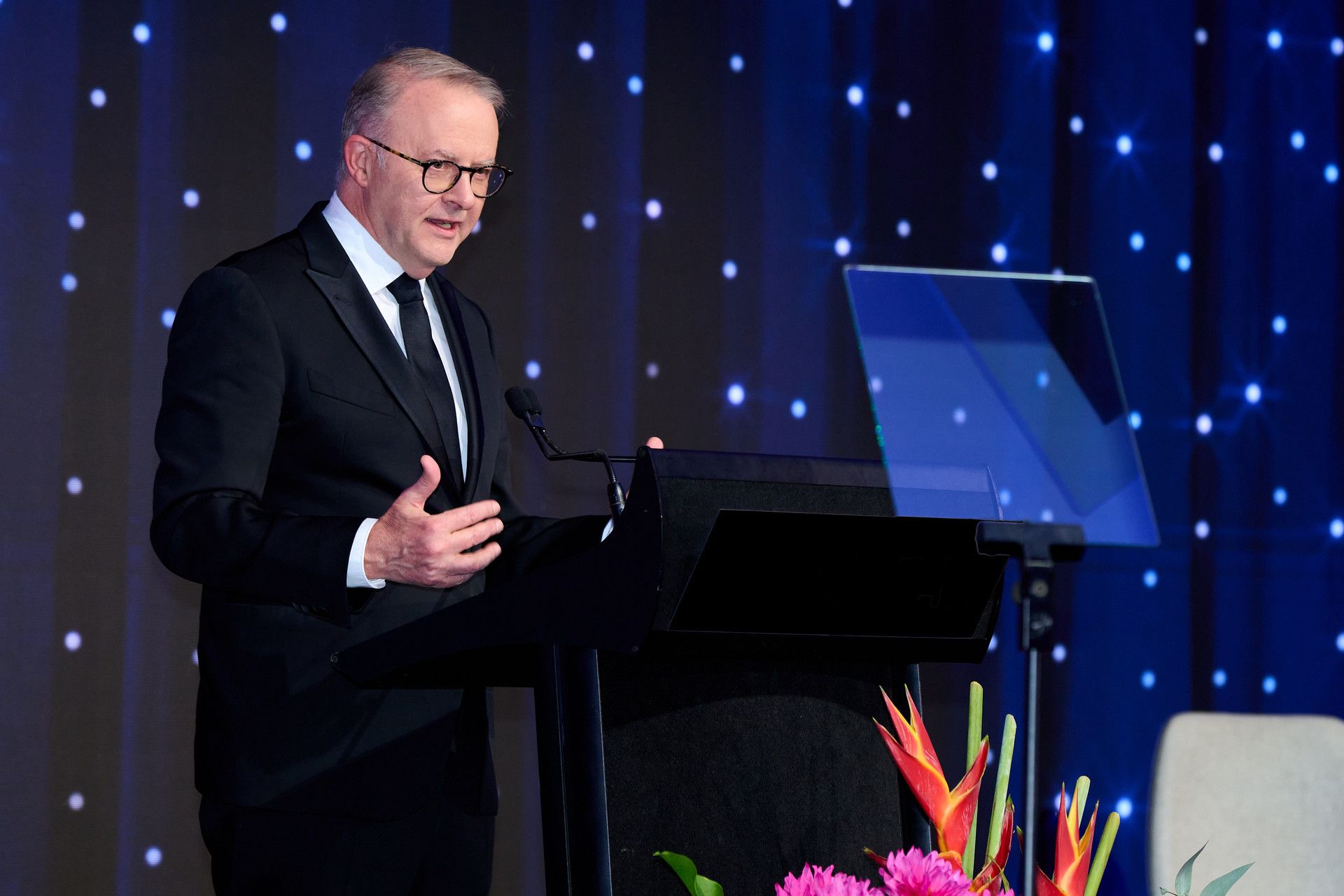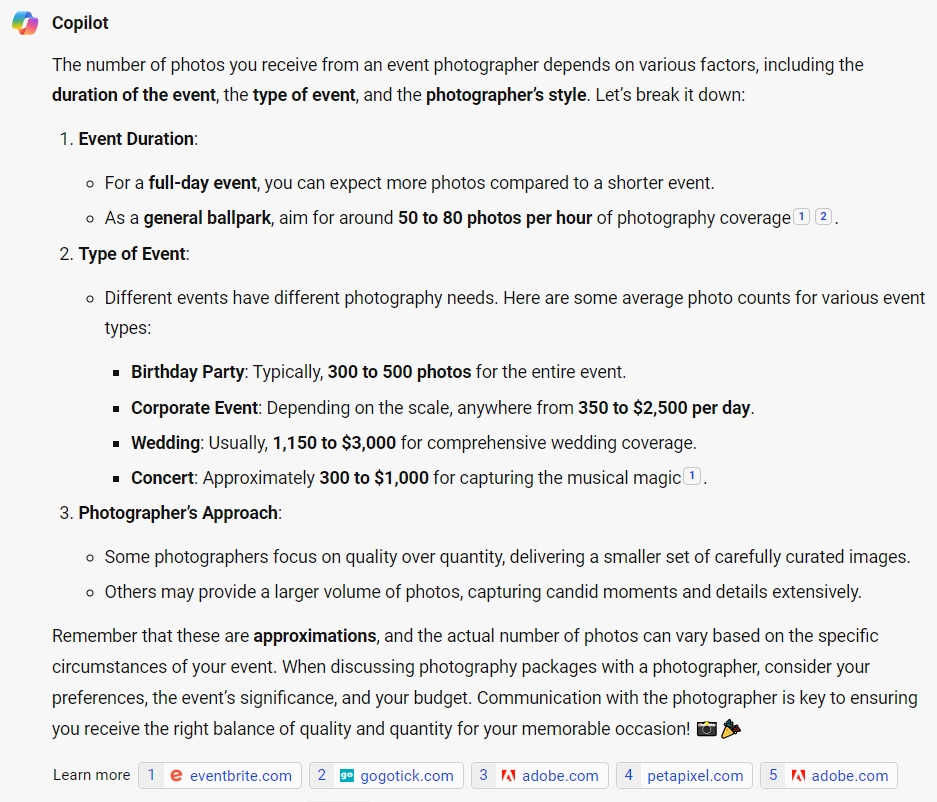Factors to Consider When Choosing a Corporate Event Venue
With Additional Photography considerations
Are you tasked with organizing a fancy corporate event and feeling overwhelmed by the long list of venue options? Choosing the right venue is a decision that can greatly impact the success of your event. From providing a comfortable and accommodating space to creating an atmosphere that reflects your brand, there are various factors to consider when selecting a corporate event venue. And if you’re not doing this with at least a year in advance, it could be that the best venues are already booked on your preferred dates.
Make your event even more extraordinary for post event promotion
Have you considered the photography aspects when selecting a function venue? In this article, we will explore the essential factors to consider when choosing a corporate event venue and dive into the specific photography considerations that will make your event even more extraordinary for post event marketing.
So whether you’re planning a conference, seminar, or gala, this guide will provide valuable insights to help you make an informed decision that aligns with your event objectives.
Frequently Asked Questions (FAQs)
What is good lighting for corporate event photography?
For most corporate events there is usually not very good lighting as the rooms are typically dimly lit for mood and ambience not for easy photography. At a conference the audience will be sitting in a dark auditorium as the House lights will be turned low, the spot lights will be on the speaker or panel on stage. So corporate event photographers will need to be highly skilled to manage this common situation.
What if the chosen venue has restrictions on photography?
It is not uncommon for some venues to have specific policies and restrictions regarding photography. There are several steps you can take to navigate this situation:
- Seek clarification: If you discover that the chosen venue has some restrictions on photography, the first step is to seek clarification from the venue management to exactly what it is. It may be just no large tripods for example, or it could be powered equipment needs to have the power cord certified, many times we can just work around these.
- Negotiate exceptions: Engage in open communication with the venue management to discuss your photographers needs. Explain the importance of capturing photographs to document and promote the event. In some cases, they may be willing to make exceptions or relax certain restrictions based on your specific requirements.
- Explore alternative areas: If certain areas of the venue are restricted, inquire about alternative locations that might be more suitable for photography. The venue may have designated spaces or outdoor areas where photography is permitted. Assess these alternatives to ensure they meet your photography needs while adhering to the venue’s policies.
- Photographers will need to work with their event organizers: Collaborate closely with the event organizers to find solutions. They may be able to negotiate with the venue on your behalf or suggest alternative approaches that comply with the venue’s restrictions. By working together, you can find creative ways to capture essential moments within the confines of the venue’s policies.
- Adapt your photographers style and Shot list: If the venue’s restrictions cannot be relaxed, consider adjusting your photography style or approach. Find creative ways to capture the essence of the event without violating any policies. Focus on candid shots, details, and close-ups that convey the atmosphere and emotions of the event within the permitted boundaries.
- Consider post-event photography: If capturing photographs during the event proves challenging due to restrictions, explore the possibility of conducting a post-event photography session. This allows you to capture staged shots, group photos, or specific moments without interrupting the flow of the event itself. Coordinate with the event organizers and attendees to ensure their availability and willingness to participate.
Should I consider the venue’s sound quality for event videography?
Yes, the venue’s sound quality is important for event videography, especially when capturing speeches or presentations. Choose a venue with proper acoustic treatment and sound insulation to minimize background noise and ensure clear audio recordings.
How can I ensure a smooth collaboration with photographers regarding venue selection?
Involve photographers early in the venue selection process and seek their input. Discuss lighting, space requirements, and logistical considerations with them to ensure that the chosen venue meets their specific photography needs. Many experienced local photographers will have photographed at the venue many times before and will be more than willing to share their advise.
5. What should I do if the event schedule is tight and does not allow sufficient photography time?
If the event schedule is tight and does not allow sufficient photography time, communicate this concern with the event organizers. Explain the need for adequate photography time and work together to find creative solutions, such as adjusting the timing of activities or allocating dedicated photography slots, to ensure that all essential moments are captured effectively. We often suggest a second photographer for large events.
